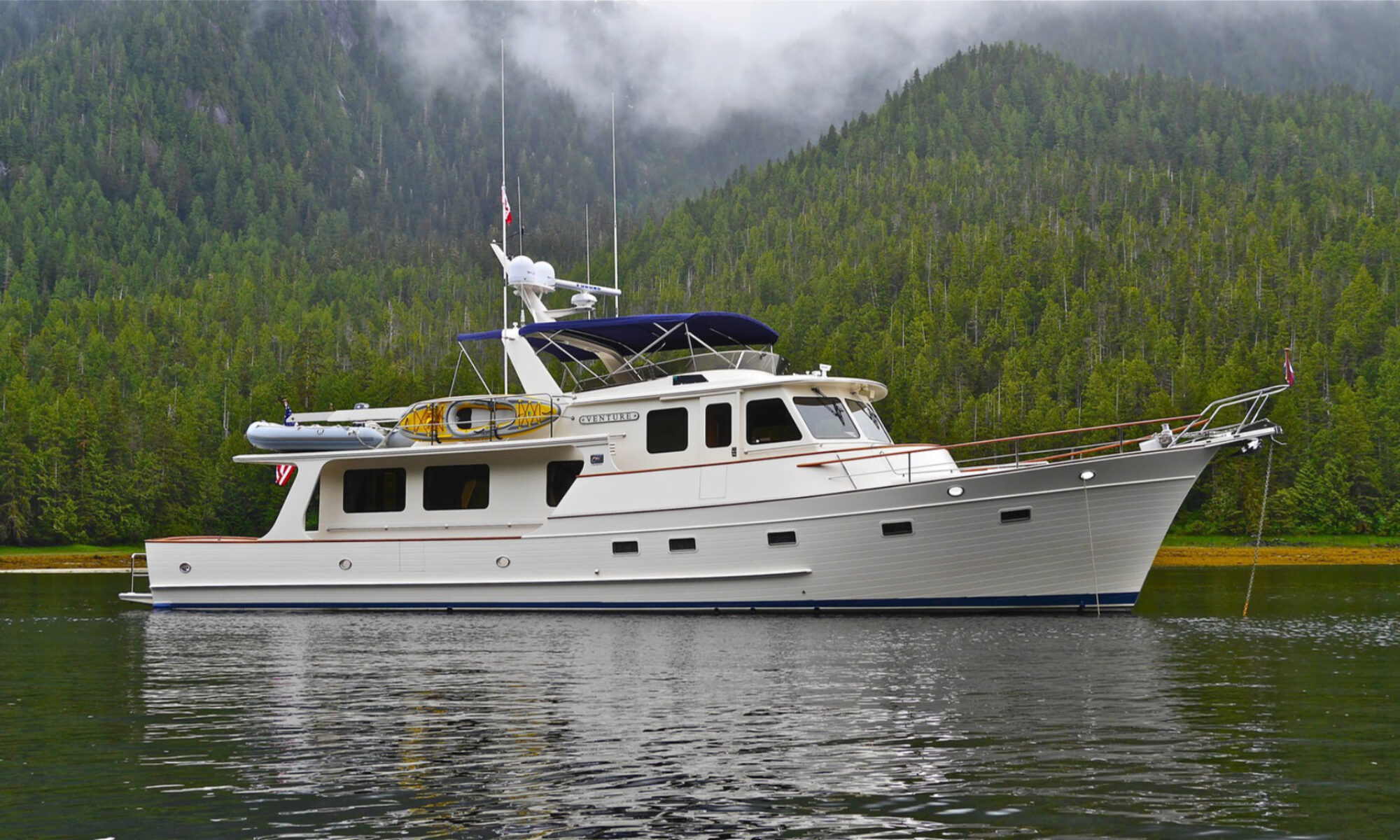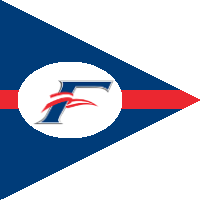Everyone who travels will surely agree that the greatest rewards are not so much the journey itself but the people we meet along the way and what we learn from the places we visit. Not all the stories are pleasant and in this one I tell a tale of especial heartache and cruelty of fate.
We were on our way in Venture II from Southampton in Southern England to Iceland in the North Atlantic. We had left the small town of Kyle of Lochalsh on the Scottish mainland and made our way across the turbulent waters of the Minch and arrived in the port of Stornoway on the Isle of Lewis. Stornoway is the only town of any size in the Outer Hebrides and the harbour was packed with battered fishing boats.
The harbour authorities kindly allowed us to moor at the cruise ship passenger landing pier while it was not in use for its intended purpose. It was while there that we learned of this little-known horror story which occurred just seven weeks after the end of WW1.
Out of a population of 30,000, this remote island had provided 6,000 men to fight in that terrible war of whom 1,000 had died in battle. The weary survivors were now making their way home after hostilities came to an end at 11 o’clock on the morning of 11/11/18. They had made their way by rail from all over Britain to Kyle of Lochalsh. Some of them had been traveling for as long as 24 hours and were exhausted by their long journey.
Awaiting them at the dock was the MacBrayne mail steamer Shiela. She could not accommodate them all so the HMY Iolaire was called into service. HMY is short for His Majesty’s Yacht and she had been requisitioned at the start of the war. The name is Gaelic for Eagle. Soldiers were loaded onto the Shiela and sailors from the Royal Navy and what was then referred to as the Mercantile Marine – today the Merchant Navy – went aboard the Iolaire which was licensed to carry 80 but took 280 on board. The loading confusion caused delays and it was 7.30 pm on a pitch-black night in rising wind before they left the dock. The Minch can be a nasty piece of water at the best of times and during the crossing on that winter’s night, the weather deteriorated to gale conditions of Beaufort force 8 – 10.
In Stornoway, women, children, mothers and grandmothers were waiting with anticipation and joy for the arrival of their men folk who had survived the ghastly war. Some were on the quayside decorated with bunting crackling in the wind while others waited at home ready to celebrate the homecoming and the New Year.
Due to an error in navigation, at 01.55 on New Year’s Day 1919, within sight of the harbour lights, the Iolaire struck a reef named The Beast of Holm (Biastan Thuilm in Gaelic) just 50 yards from shore. In this blackest night with screaming wind and huge breakers, out of the 280 men on board, only 79 survived – 40 of whom credited to the heroic action by John Finlay Macleod who fought his way ashore with a light line thus enabling a hawser to be connected to the wreck.
Local newspapers best describe the tragedy. On January 6th The Scotsman newspaper reported:
“The villages of Lewis are like places of the dead. The homes of the island are full of lamentation – grief that cannot be comforted. Scarcely a family has escaped the loss of a near blood relative. Many have had sorrow heaped upon sorrow.”
On January 10th, 1919, an editorial in the Stornoway Gazette said:
“No one alive in Lewis can ever forget the 1st of January 1919, and future generations will speak of it as the blackest day in the history of the island, for on it 200 of our bravest and best perished on the very threshold of their homes under the most tragic circumstances.
The terrible disaster at Holm on New Year’s morning has plunged every home and every heart in Lewis into grief unutterable. Language cannot express the anguish, the desolation, the despair which this awful catastrophe has inflicted. One thinks of the wide circle of blood relations affected by the loss of even one of the gallant lads, and the imagination sees these circles magnified by the number of the dead, overlapping and overlapping each other until the whole island – every hearth and every home in it – is shrouded in deepest gloom.
All the island’s war losses in the past four years – although these number fully four times the death toll of New Year’s Day morning – are not comparable to this unspeakable calamity. The bleak tragedy has not a single redeeming feature. The surrounding circumstances but add to the horror of it.”
A later report:
“Effectively, a generation of young men was wiped out; men who would neither carry out the heavy tasks on the traditional family crofts nor see their families grow up. Such was the anguish, many of the survivors and their families could not talk about the tragedy until many years later. Arguably, the disaster, the pall it cast and then possible survivor guilt contributed to out-migration from the island.”
An Admiralty inquiry was held behind closed doors but the findings were not announced until 1970. (You read that right.) No one was ever held accountable! In an example of mindless insensitivity, the Admiralty put the wreck of the Iolaire up for sale just two weeks after the tragedy – when there were still 80 bodies unaccounted for.
This story has a curious postscript.
On May 10th, 1912, in the tiny hamlet of Tong located less than 5 miles from the scene of the tragedy, Mary Macleod was born – the youngest of ten children. At the time of the Iolaire catastrophe, she would have been 6 years, 7 months and 21 days old. (I was only a few months older than this when I left home to attend boarding school in the highlands of Scotland and I vividly recall the details as if they happened just yesterday – so Mary will have been old enough to have been very aware of the terrible tragedy.)
As we have read, the loss of so many breadwinners had a devastating effect on so many families and the economy of the Isle of Lewis and it may have been at least partly for this reason that Mary, along with many others, left her remote island at age 18 to join her sister in New York in 1930 where she, Mary, obtained work as a domestic servant. The contrast could scarcely have been greater between life in the manic city and the struggle for survival on the remote island.
Mary Macleod later met Fred Trump at a dance and they married in January 1936. Her fourth child, Donald, later became the person who occupied the Whitehouse for four years before reluctantly moving out on January 20th 2021.
There is more than a hint of the butterfly wing theory in this story.
The Calvinist sentiment of the religious isle had stigmatized Mary’s older sister Catherine for having a child out of wedlock. This likely encouraged Catherine to leave for New York City a decade before Mary immigrated to New York to join her sister. Thus, Catherine’s dalliance on the remote island of Lewis, situated 20 miles off the coast of mainland Scotland, ultimately resulted in the birth of the person who later became the controversial president of the USA whose tenure culminated in the assault on the Capitol building – representing an attack on democracy itself.
During her lifetime, Mary Trump visited Lewis nearly every summer where she spoke Gaelic. Throughout her life she was a philanthropist who supported numerous charities and she continued to volunteer her time in hospitals even when she had no need to do so.
She died in 2000 at age 88.

